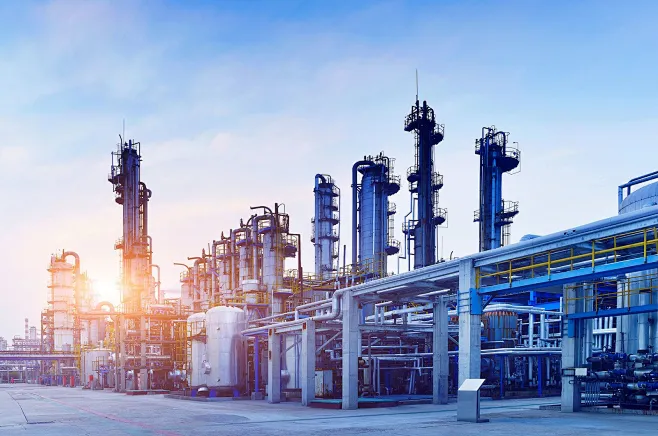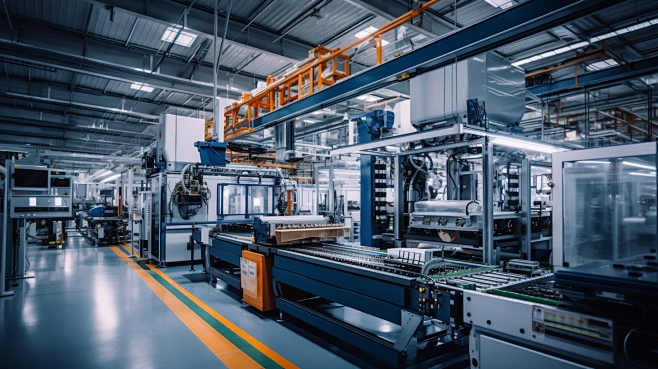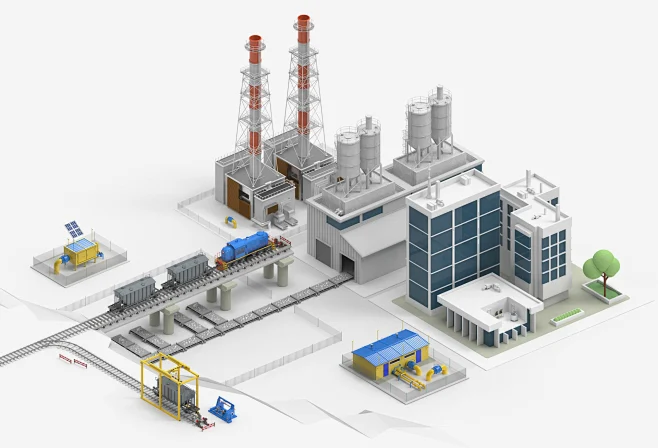Recently, some people in the United States speculated about “China's overcapacity theory” and “China's capacity shock theory”, to which the National Development and Reform Commission and other departments made a strong response, and some knowledgeable people in the international community have refuted them, arguing that these arguments have no basis in fact and “would rather blame others for their own failures than face reality”. “Rather blame others for their own failures than face reality.”

French entrepreneur Arnaud Bertrand pointed out in an article, from the capacity utilization, inventory levels and profitability of the three key indicators, there is no sign of China's “overcapacity”. Bloomberg analysis shows that in the field of electric vehicles, the vast majority of China's top-ranked auto exporters' capacity utilization is at the internationally recognized normal level. If there really exists the so-called “overcapacity” and “low price dumping”, then the products should continue to be priced low in the international market. But in fact, China's exports of some new energy vehicles prices higher than the local electric models. Data show that the average price of each Chinese new energy vehicle exported in 2019 was 5,000 U.S. dollars, and increased to 22,000 U.S. dollars in 2022, and the average price of the year's exports to Europe reached 30,000 U.S. dollars.
In the context of economic globalization, the issue of production capacity should be viewed in accordance with the principles of market economy and the law of value. With the market perspective, the amount of production capacity is determined by the relationship between supply and demand, under the conditions of the market economy, supply and demand equilibrium is relative, imbalance is common. Take the development of mobile communication tools as an example, from the expensive big brother, to the portable and convenient small smart phone, and then to the powerful smart phone, in the dynamic equilibrium of market supply and demand not only realized the iterative upgrading of the performance of the product, but also brought about a significant reduction in the price of the product. The same is true in the field of new energy vehicles. At present, China and even the world's demand for green products is surging, and quality production capacity is not only not in excess, but also can drive more effective demand. In fact, a reasonable and moderate production over demand is conducive to full competition and elimination of the fittest, and helps to incentivize micro-bodies to improve management and technology and enhance efficiency. Long-term supply exceeds demand in the industry, the micro subjects often have no incentive to update technology and improve services.

Recently, some people in the United States speculated “China's overcapacity theory” “China's capacity shock theory”, the National Development and Reform Commission and other departments have made a strong response, and some knowledgeable people in the international community have to refute, that these arguments are not based on facts. “Rather blame others for their own failures than face reality.”
French entrepreneur Arnaud Bertrand pointed out in an article, from the capacity utilization rate, inventory levels and profitability of the three key indicators, there is no sign of China's “overcapacity”. Bloomberg analysis shows that in the field of electric vehicles, the vast majority of China's top-ranked auto exporters' capacity utilization is at the internationally recognized normal level. If there really exists the so-called “overcapacity” and “low price dumping”, then the products should continue to be priced low in the international market. But in fact, China's exports of some new energy vehicles prices higher than the local electric models. Data show that the average price of each Chinese new energy vehicle exported in 2019 was 5,000 U.S. dollars, and increased to 22,000 U.S. dollars in 2022, and the average price of the year's exports to Europe reached 30,000 U.S. dollars.

In the context of economic globalization, the issue of production capacity should be viewed in accordance with the principles of market economy and the law of value. With the market perspective, the amount of production capacity is determined by the relationship between supply and demand, under the conditions of the market economy, supply and demand equilibrium is relative, imbalance is common. Take the development of mobile communication tools as an example, from the expensive big brother, to the portable and convenient small smart phone, and then to the powerful smart phone, in the dynamic equilibrium of market supply and demand not only realized the iterative upgrading of the performance of the product, but also brought about a significant reduction in the price of the product. The same is true in the field of new energy vehicles. At present, China and even the world's demand for green products is surging, and quality production capacity is not only not in excess, but also can drive more effective demand. In fact, a reasonable and moderate production over demand is conducive to full competition and elimination of the fittest, and helps to incentivize micro-bodies to improve management and technology and enhance efficiency. In industries where supply exceeds demand for a long period of time, micro-entrepreneurs often have no incentive to update technology and improve services.
Next News ▲:Embracing Mistakes for Innovation: The KRECO Spirit in Business
Previous News ▼:2024 FIME Sponsor